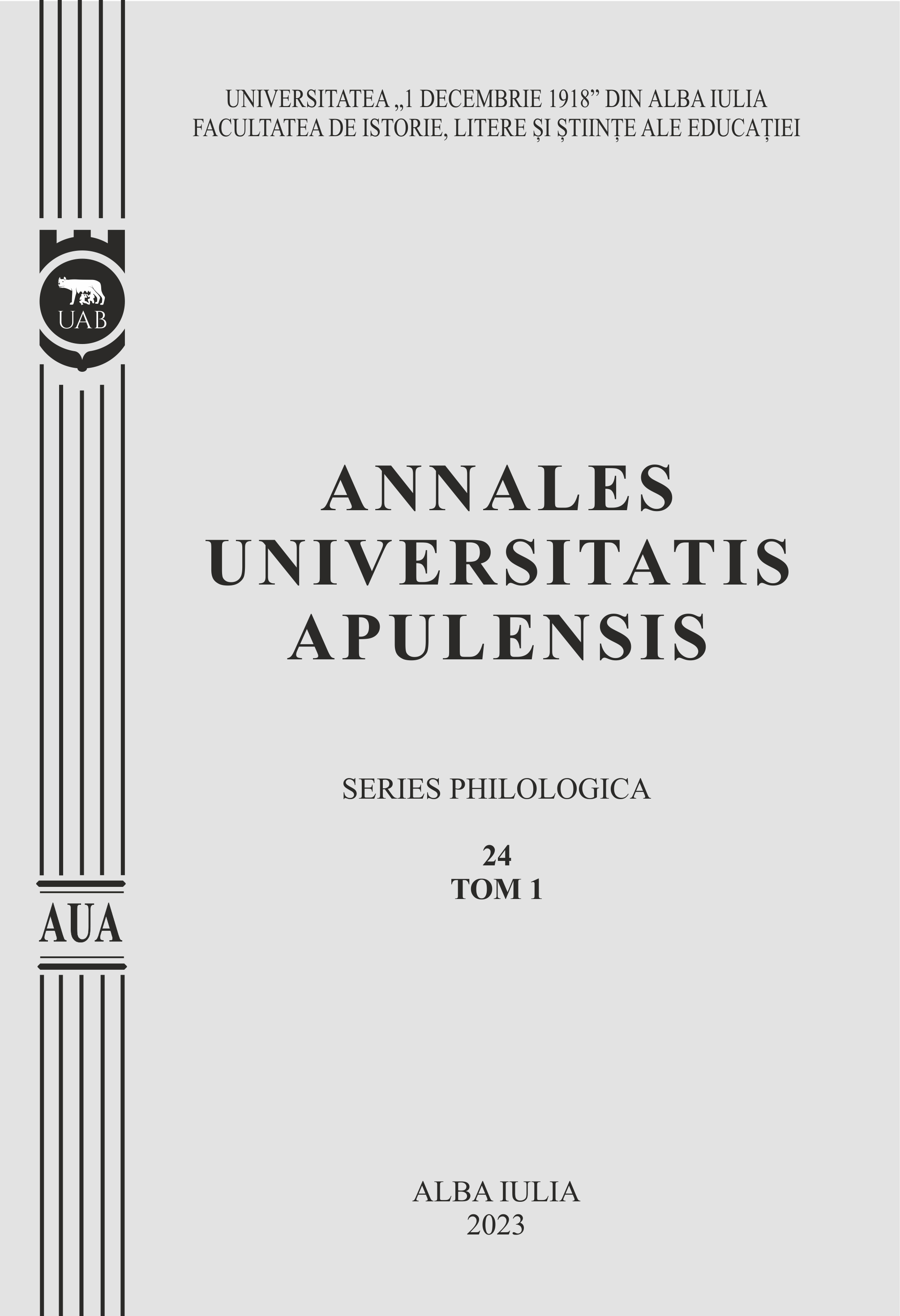TACKLING IDENTITY IN THE STUDENTS’ CHOICES OF THE TRANSLATION STRATEGIES
TACKLING IDENTITY IN THE STUDENTS’ CHOICES OF THE TRANSLATION STRATEGIES
Author(s): Žana G. GavrilovićSubject(s): Language and Literature Studies, Translation Studies
Published by: Universitatea »1 Decembrie 1918« Alba Iulia
Keywords: Identity; Translation strategy; Domestication; Foreignisation, Cross-cultural awareness
Summary/Abstract: The research in this paper aims at exploring the issue of identity preservation in specific translation situations within the linguistic courses at the level of undergraduate studies at English Department and Chinese and English Department, in the University of East Sarajevo. The main objective of the research is to examine the use of the two predominant identity-related translation strategies, domestication and foreignisation, along with the exploration of their application among the BA students in the translation-oriented courses during academic 2022/2023. The domestication represents a translation strategy that often implies the departure of the translated text from the source language culture so as to make a culture-specific item more natural, more understandable and more familiar to the target reader, while the foreignisation seeks for the perseverance of as much of the source language identity as possible, through the retention of the original forms and expressions whenever possible. The theoretical background of the research relies to some recent postulates (Venuti, 2000) that observe the dichotomy between the two strategies as an ideological and identity-related one, strongly arguing that the foreignisation should be the prevalent strategy over domestication, for the purpose of source language cultural concepts perseverance. The research was conducted among the third year BA students engaged in the literary text translation through the textual method and contrastive analysis method application. The overall results are strongly indicative of the interrelatedness of the students’ options for the predominant strategies used, their cross-cultural awareness as well as a necessity of raising the cross-cultural awareness not only among the student populations but in the academic environment and the society in general.
Journal: Annales Universitatis Apulensis. Series Philologica
- Issue Year: 24/2023
- Issue No: 1
- Page Range: 379-387
- Page Count: 9
- Language: English

